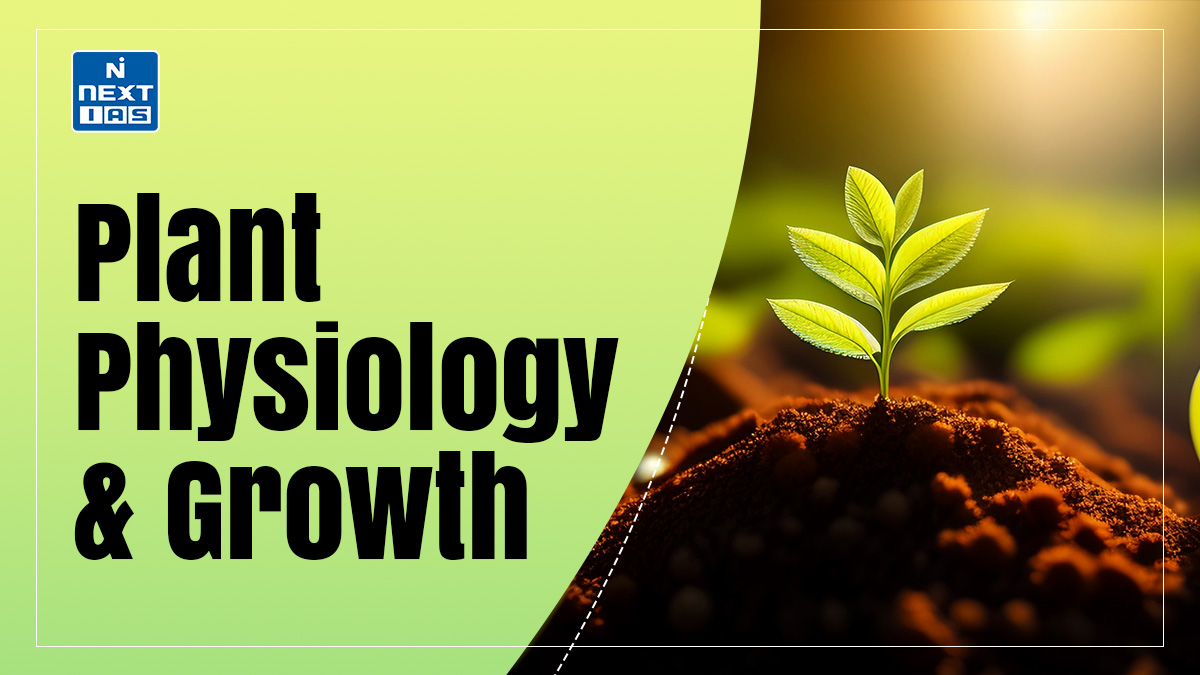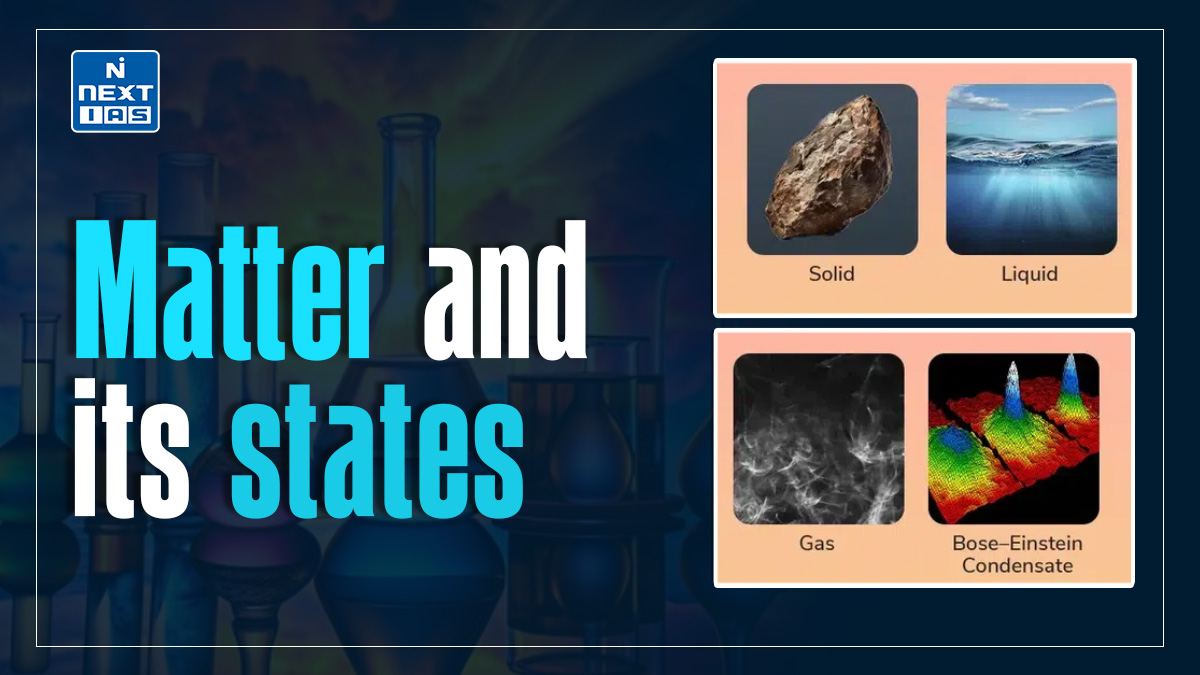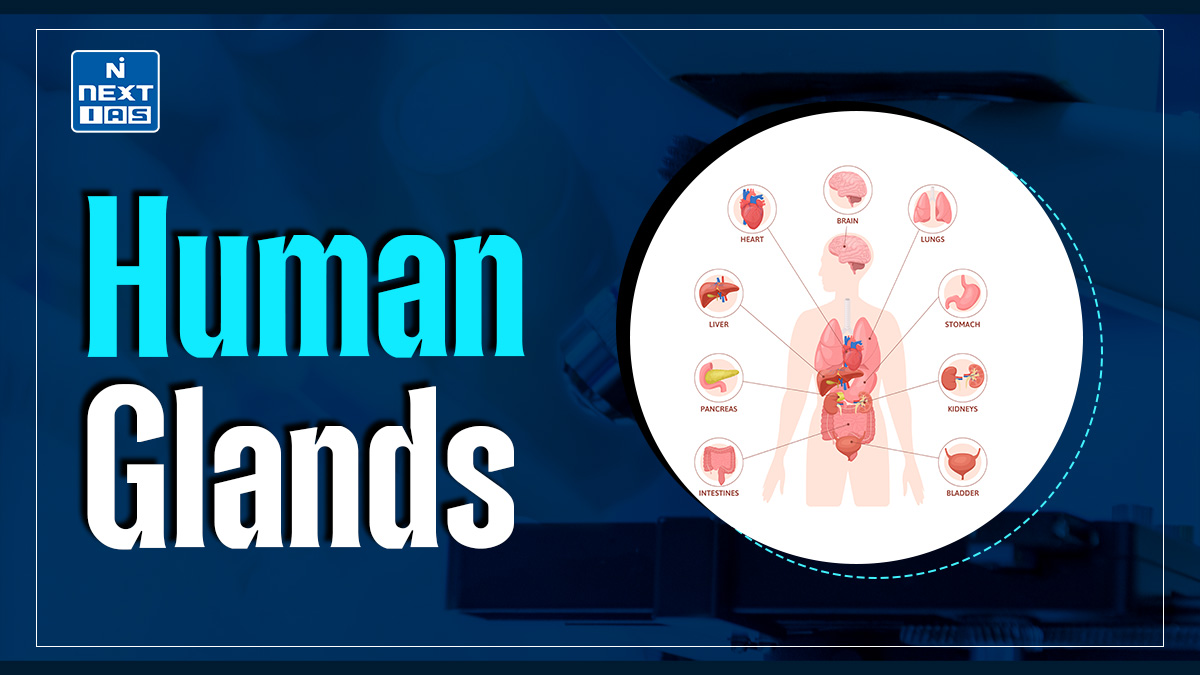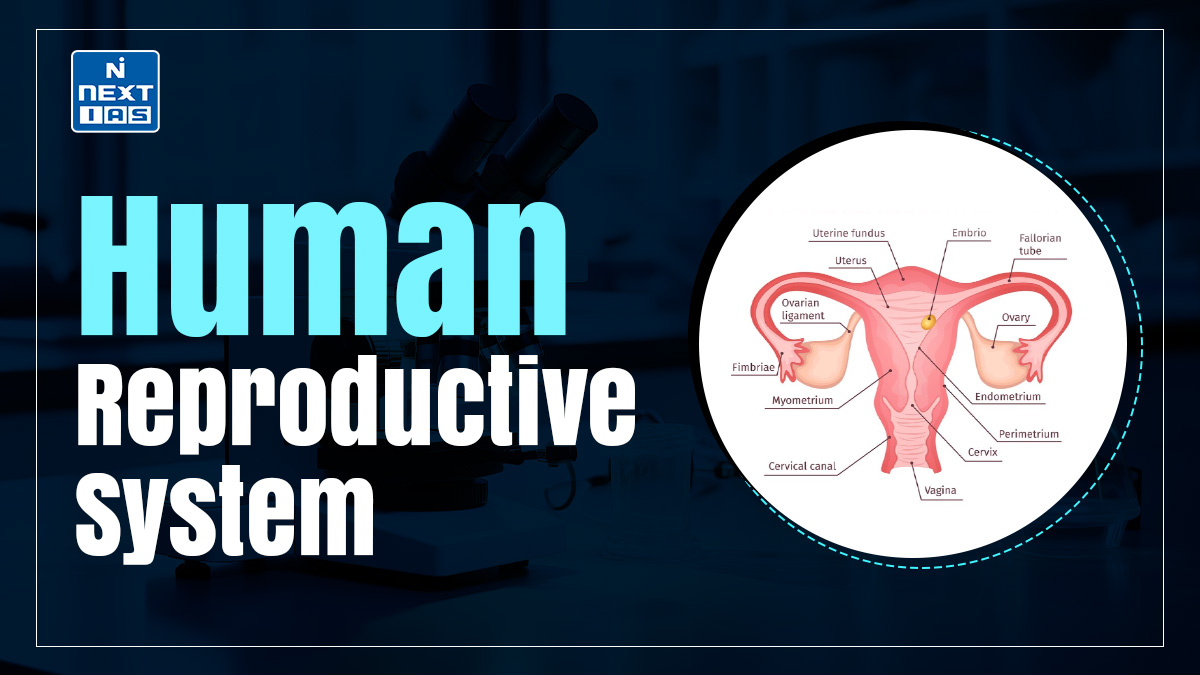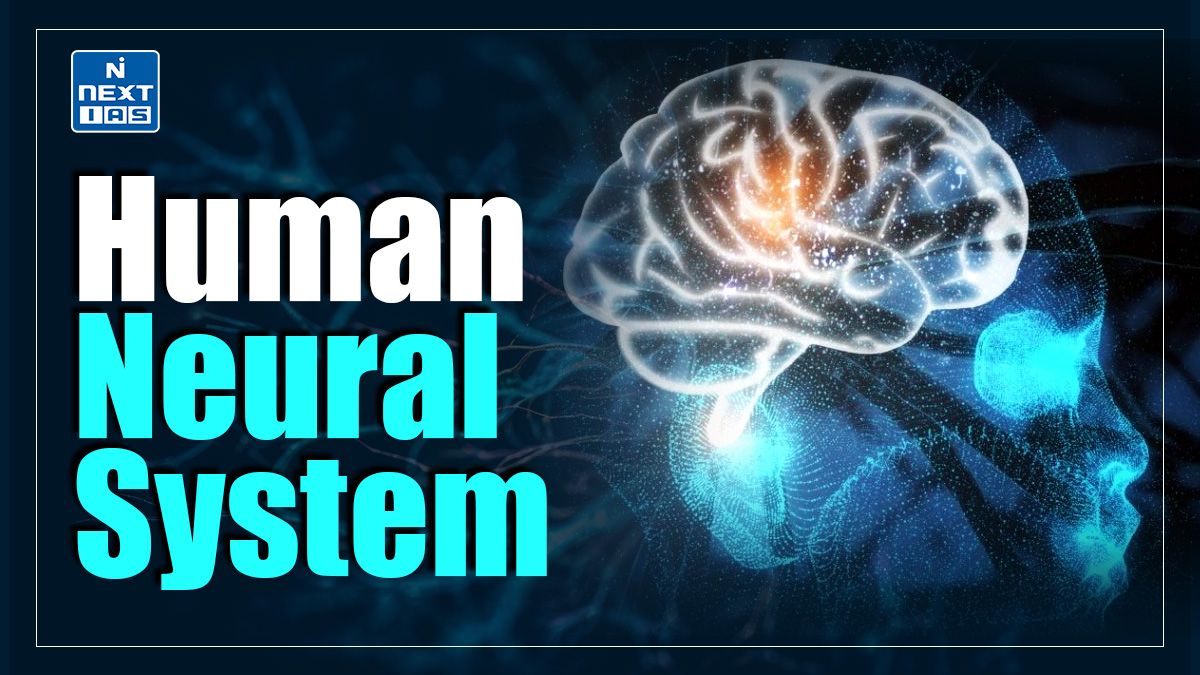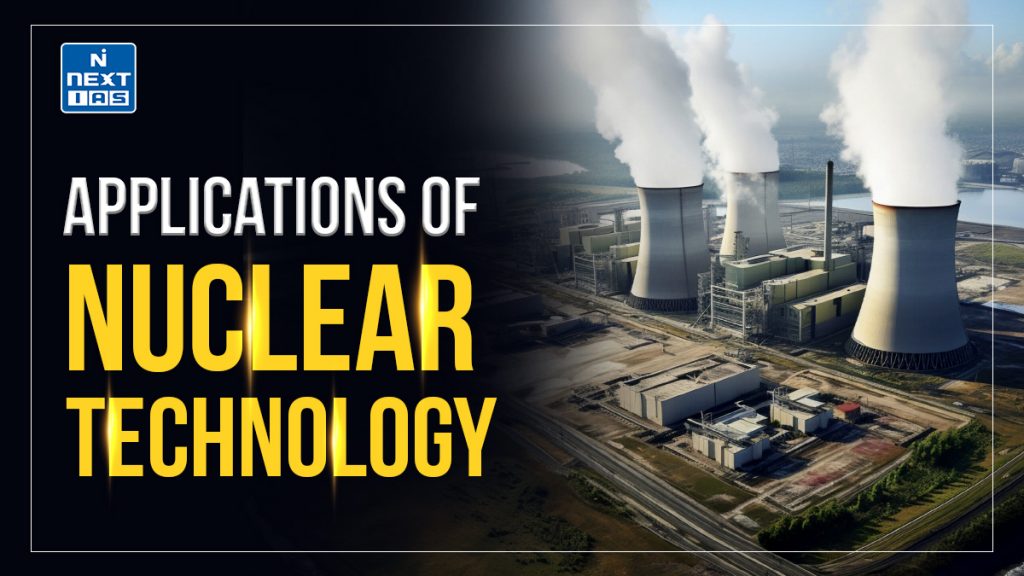
Nuclear technology has diverse applications across various fields, including medicine, energy, industry, and agriculture. It powers electricity generation through nuclear reactors, advances medical diagnostics and treatment with nuclear imaging and radiotherapy, enhances food preservation via irradiation, and supports industrial processes and environmental monitoring, showcasing its transformative role in modern society.
About the Application Of Nuclear Technology
- Nuclear technology plays a transformative role in various fields, improving lives and driving innovation. In energy, nuclear reactors provide a reliable and low-carbon power source, contributing to global sustainability goals.
- In medicine, it enables advanced diagnostics through imaging techniques like PET and CT scans and offers effective cancer treatments with radiotherapy.
- The agricultural sector benefits from nuclear techniques in pest control, crop improvement, and food preservation through irradiation, enhancing food security. In industry, nuclear technology is used for material testing, quality control, and enhancing manufacturing processes.
- Additionally, it aids environmental monitoring by tracking pollutants and managing water resources.
- This versatile technology continues to evolve, addressing global challenges in healthcare, energy, and sustainable development while ensuring safety and efficiency.
Applications of Nuclear Technology
Food and Agriculture
- Radiation processing of food involves controlled application of energy from ionizing radiations such as gamma rays, electrons and X-rays for food preservation.
- Irradiation works by disrupting the biological processes that lead to decay. In their interaction with water and other molecules that make up food and living organisms, radiation energy is absorbed by the molecules they contact.
- The UN’s Food and Agriculture Organisation (FAO) works with the IAEA on programs to improve food sustainability assisted by nuclear and related biotechnologies.
- Application of radioisotopes and radiation sources in agricultural research has especially the following advantages:
- With the help of radioisotopes we can easily locate the presence of a single atom and molecule and their movement. Hence, they give research workers the opportunity to follow up step by step all kinds of processes that are related to the nutrition of plant from germination to maturity.
- Very small quantities of labeled nutrients can be accurately measured in presence of large quantities of other nutrients.
- The location of materials can be identified by radio-autography.
- Tracer technique enables one in tracing those elements taken by the plants accurately and precisely.
- It also helps to study accurately the effect of one element upon the absorption of another and their interaction by plants and now it has become very easy to study properly the phenomenon of interaction among the mineral nutrients.
- The production of radioisotopes by nuclear reactors and other atomic installations have increased the use of radioisotopes in the field of agriculture. To obtain an increased yield from the soils by applying fertilizers, one has got to determine the fertility status of the soil, which appears to be unproductive.
- Radioactive phosphorus is used in most of the investigations that are carried out to determine the P-status of the soils.
- Several problems can be solved by this study such as comparison of various fertilizers, influence of particle size, placement, time of application, doses, absorption by plants and the reaction of the applied fertilizer in the soil.
Nuclear Medicine and Healthcare
Medicine
- Many of us are aware of the wide use of radiation and radioisotopes in medicine particularly for diagnosis (identification) and therapy (treatment) of various medical conditions.
- In developed countries (a quarter of the world population) about one person in fifty uses diagnostic nuclear medicine each year, and the frequency of therapy with radioisotopes is about one tenth of this.
- The use of radiopharmaceuticals in diagnosis is growing at over 10% per year.
- Every day applications of radiation medicine help millions of patients worldwide. Some techniques enable physicians to see inside the human body creating digital images using short-lived radioisotopes. These are called diagnostic techniques. Others which enable targeted and precise radiation treatment of cancer are therapeutic techniques.
Diagnosis
- Radioisotopes are an essential part of medical diagnostic procedures. In combination with imaging devices which register the gamma rays emitted from within, they can study the dynamic processes taking place in various parts of the body.
- An advantage of nuclear over x-ray techniques is that both bone and soft tissue can be imaged very successfully.
- In using radiopharmaceuticals for diagnosis, a radioactive dose is given to the patient and the activity in the organ can then be studied either as a two dimensional picture or with a special technique called tomography (as a three dimensional picture).
- The most widely used diagnostic radioisotope is technetium-99m, with a half-life of six hours and which gives the patient a very low radiation dose.
- Such isotopes are ideal for tracing many bodily processes with the minimum of discomfort for the patient.
- They are widely used to indicate tumours and to study the heart, lungs, liver, kidneys, blood circulation and volume, and bone structure.
- The chemistry of technetium is so versatile it can form tracers by being incorporated into a range of biologically-active substances to ensure that it concentrates in the tissue or organ of interest.
- Another major use of radioisotopes for diagnosis is in radio-immuno-assays for biochemical analysis in a laboratory.
- They can be used to measure very low concentrations of hormones, enzymes, hepatitis virus, some drugs and a range of other substances in a sample of the patient’s blood.
- The patient never comes in contact with the radioisotopes used in the diagnostic tests.
Therapy
- The uses of radioisotopes in therapy are comparatively few but important. Cancerous growths are sensitive to damage by radiation which may be external – using a gamma beam from a cobalt-60 source or internal – using a small gamma or beta radiation source.
- Short-range radiotherapy is known as brachytherapy, and this is becoming the main means of treatment. Many therapeutic procedures are palliative usually to relieve pain.
- Iodine-131 is commonly used to treat thyroid cancer, probably the most successful kind of cancer treatment and also for non-malignant thyroid disorders.
- Iridium-192 wire implants are used especially in the head and breast to give precise doses of beta rays to limited areas.
- A new treatment uses samarium-153 complexed with organic phosphate to relieve the pain of secondary cancers lodged in bone.
- A new field is Targeted Alpha Therapy (TAT), especially for the control of dispersed cancers.
- The short range of very energetic alpha emissions in tissue means that a large fraction of that radiative energy goes into the targeted cancer cells once a carrier such as a monoclonal antibody has taken the alpha-emitting radionuclide to exactly the right places.
Sterilisation
- Sterilisation many medical products today are sterilised by gamma rays from a cobalt-60 source, a technique which generally is much cheaper and more effective than steam heat sterilisation.
- The disposable syringe is an example of a product sterilised by gamma rays.
- Because it is a ‘cold’ process radiation can be used to sterilise a range of heat-sensitive items such as powders, ointments and solutions and biological preparations such as bone, nerve, skin, etc, used in tissue grafts.
- The benefit to humanity of sterilisation by radiation is tremendous.
- It is safer and cheaper because it can be done after the item is packaged. The sterile shelf life of the item is then practically indefinite provided the package is not broken open.
- Apart from syringes, medical products sterilised by radiation include cotton wool, burn dressings, surgical gloves, heart valves, bandages, plastic and rubber sheets and surgical instruments.
Industry
- Environmental tracers radioisotopes also play an important role in detecting and analysing pollutants, since even very small amounts of a radioisotope can easily be detected, and the decay of short-lived isotopes means that no residues remain in the environment.
- Nuclear techniques have been applied to a range of pollution problems including smog formation, sulphur dioxide contamination of the atmosphere, sewage dispersal from ocean outfalls and oil spills.
Industrial Tracers
- The ability to measure radioactivity in minute amounts has given radioisotopes a wide range of applications in industry as ‘tracers’.
- By adding small amounts of radioactive substances to materials used in various processes it is possible to study the mixing and flow rates of a wide range of materials, including liquids, powders and gases and to locate leaks.
- Tracers added to lubricating oils can help measure the rate of wear of engines and plant and equipment.
- Tracer techniques have been used in plant operations to check the performance of equipment and improve its efficiency, resulting in savings in energy and the better use of raw materials.
Instruments
- Gauges containing radioactive (usually gamma) sources are in wide use in all industries where levels of gases, liquids and solids must be checked.
- They measure the amount of radiation from a source which has been absorbed in materials.
- These gauges are most useful where heat, pressure or corrosive substances, such as molten glass or molten metal, make it impossible or difficult to use direct contact gauges.
- Radioisotope thickness gauges are used in the making of continuous sheets of material including paper, plastic film, metal, glass, etc, when it is desirable to avoid contact between the gauge and the material.
- Density gauges are used where automatic control of a liquid, powder or solid is important, for example, in detergent manufacture.
- Radioisotope instruments have three great advantages: measurements can be made without physical contact with the material or product being measured. Very little maintenance of the isotope source is necessary. The cost/benefit ratio is excellent – many instruments pay for themselves within a few months through the savings they allow.
Challenges in Application of Nuclear Technology
The application of nuclear technology comes with several challenges, including:
- Safety Concerns: The risk of accidents, such as reactor meltdowns or radiation leaks, requires stringent safety protocols and oversight.
- Nuclear Waste Management: Long-lived radioactive waste demands secure, long-term storage solutions to avoid environmental and health risks.
- Proliferation Risks: The potential misuse of nuclear technology for weapons poses significant global security concerns.
- High Costs: Building and maintaining nuclear facilities involve substantial initial investments and operational expenses.
- Public Perception: Negative perceptions due to historical incidents, like Chernobyl and Fukushima, hinder public acceptance.
- Regulatory Hurdles: Complex regulations and international standards can delay advancements and adoption.
- Technological Barriers: Innovations in safety, efficiency, and waste reduction are necessary but require time and resources.
Addressing these challenges is crucial for the safe and sustainable use of nuclear technology.
Way Forward
- The future of nuclear technology lies in advancing safety, efficiency, and sustainability. Innovations like small modular reactors and fusion energy promise cleaner energy solutions.
- Expanding medical applications, improving agricultural productivity, and enhancing industrial processes are key focus areas. Global collaboration and robust regulation will ensure safe, equitable, and impactful use of nuclear technology for societal benefit.
Conclusion
- Nuclear technology has significantly advanced energy production, healthcare, agriculture, and industry, offering innovative solutions to global challenges. Its applications promote sustainability, improve quality of life, and support economic growth.
- With continued innovation and responsible use, nuclear technology remains a powerful tool for addressing the needs of a rapidly evolving world.
